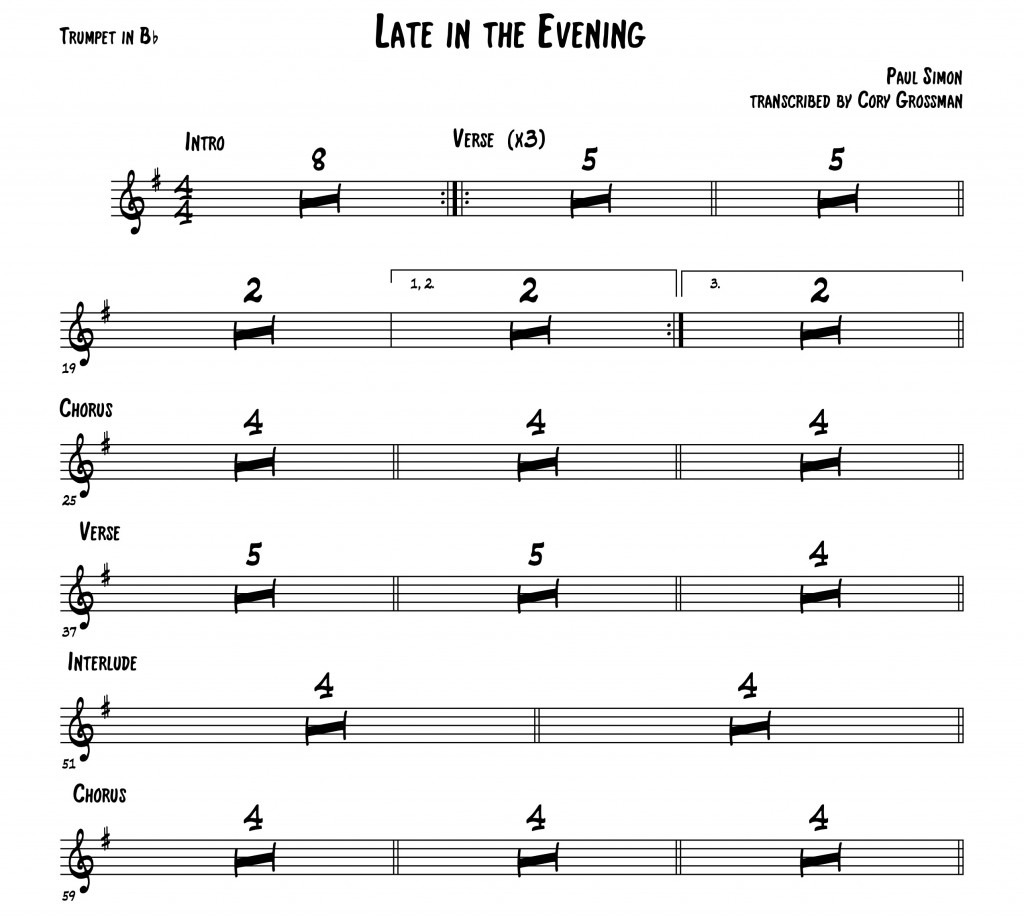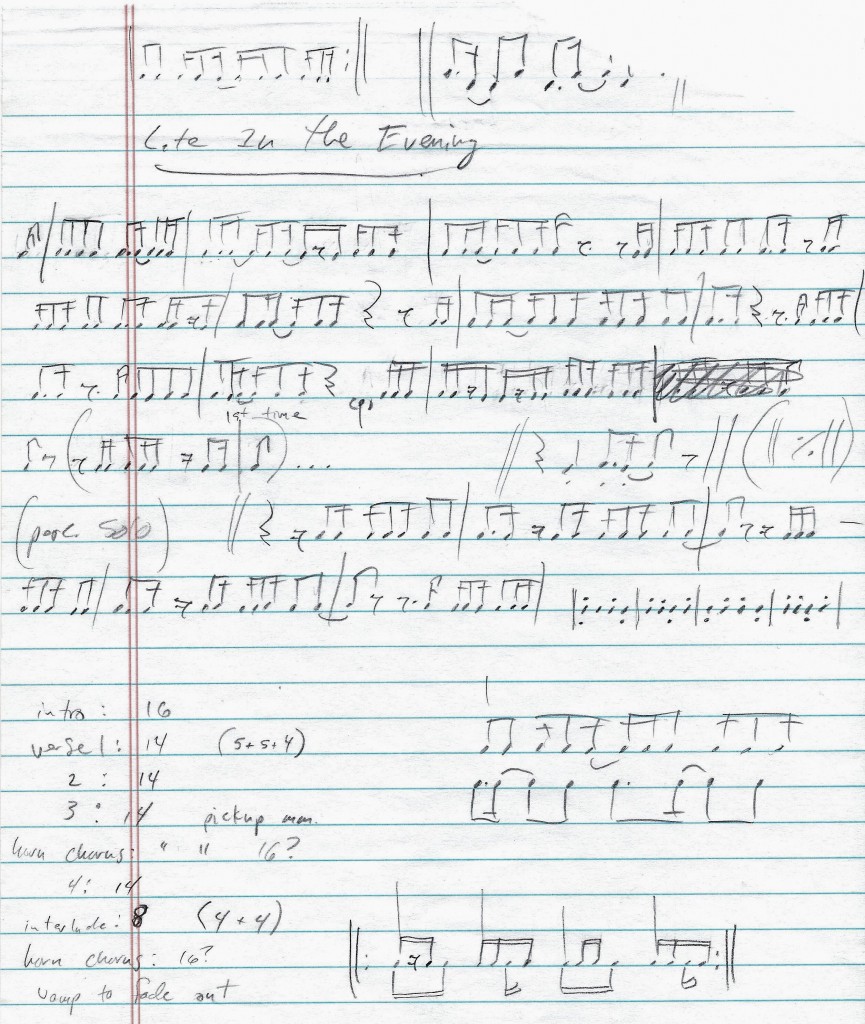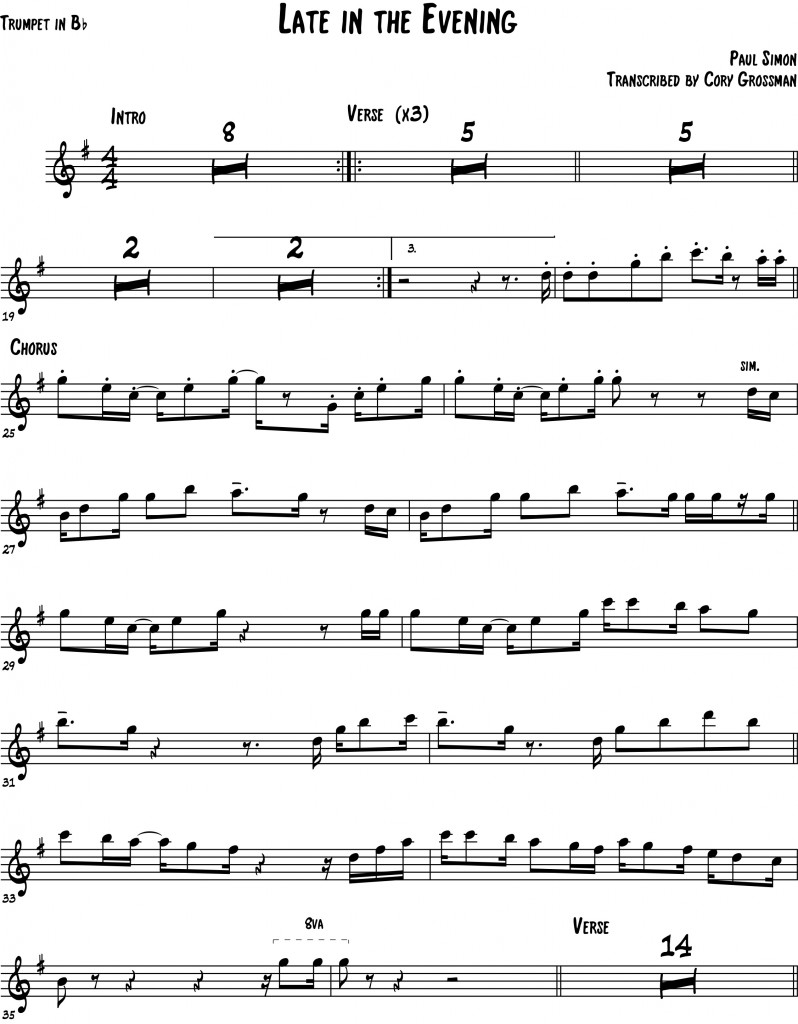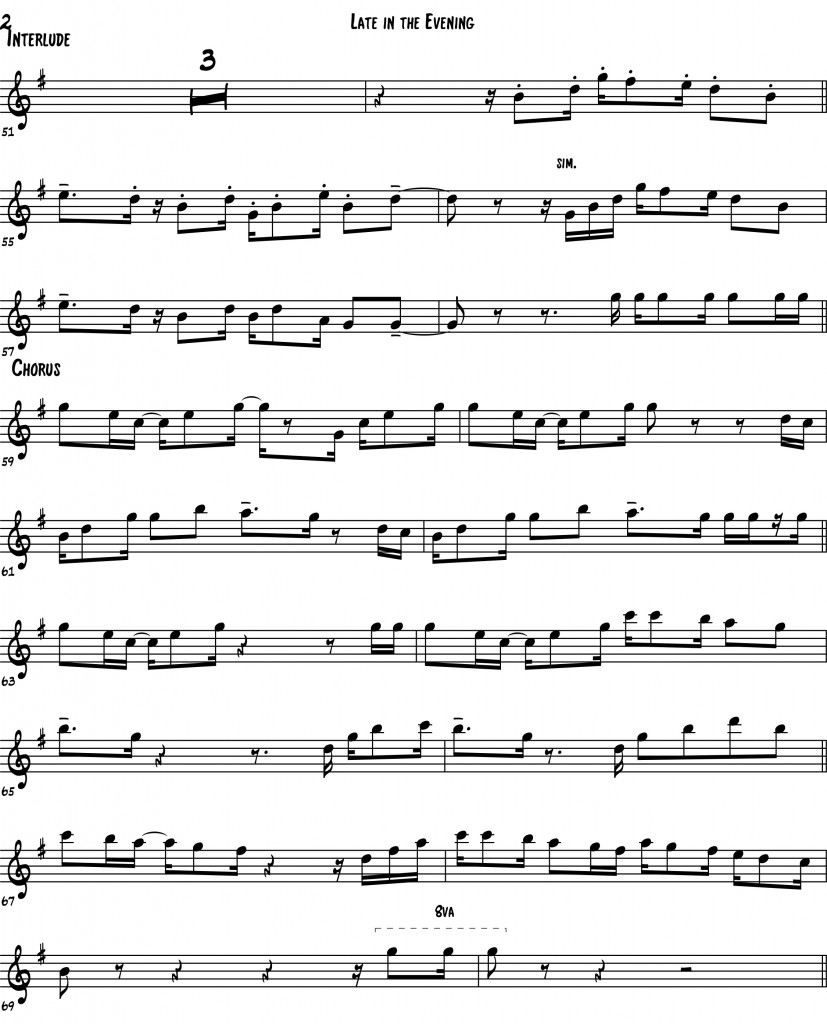A big reason why I learned how to transcribe is so that I can write out charts for myself, and other musicians I’m playing with. It seems like there’s always new repertoire for everyone to learn, members to add/replace or a sub to train, and the reality is that not everybody does their homework. There’s not always time, and you don’t always have the $$ to pay somebody who’s willing or able to put in the work and accurately learn/memorize a part.
My first experience getting paid for a transcription was when I was playing cello in a rather bizarre ‘funk band’ that played in-between boxing matches at a local fitness club. Occasionally we had accompanimental pole dancers (to be fair they probably saw us at accompanying them) and one time our sound guy was in a boxing match and got pummeled so bad he couldn’t mix us for the rest of the night. The name of our band was Funktasia – here’s one of our <old set lists> to give you an idea.
So the first difficult transcription I did for Funktasia was when the band leader wanted to sing Late in the Evening by Paul Simon and we needed horn charts for the trumpet, alto, and tenor players. This is the first stuff I wrote when I sat down to transcribe it:
All I set out to do was write down the rhythm of the horn line, which is all that gibberish directly underneath the title, Late in the Evening, which I underlined so emphatically. Here’s sound files of these sections:
1st Horn Break:
Audio clip: Adobe Flash Player (version 9 or above) is required to play this audio clip. Download the latest version here. You also need to have JavaScript enabled in your browser.
2nd Horn Break – starting after (perc. solo)
Audio clip: Adobe Flash Player (version 9 or above) is required to play this audio clip. Download the latest version here. You also need to have JavaScript enabled in your browser.
In my experience, transcribing the rhythm before plugging in the pitches makes for a much more efficient and accurate process, and it’s really manageable to do the first step by hand because you don’t even need staff paper. When I try to transcribe pitch and rhythm all in one pass, it can be overwhelming, especially with fast arpeggiated passages. But once the rhythm is all squared away, it’s just a matter of plugging in the pitches, which is so damn satisfying to do.
‘Plugging in the pitches’ can be done by hand, or I really like to do it using music notation software, which in my case is Finale. For a little mini-finale tutorial on ‘plugging in the pitches’ <click here>.
And actually, before I even start entering any notes in Finale, I get the general structure all squared away. First off, make sure you have the right number of measures by listening through the tune once or twice while counting the number of measures in each distinct section. You can see I’ve written that down at the bottom-left corner of the page above. Here’s how my chart might have looked before I entered any notes (probably not this pretty): 
For the sake of fitting it all in one page I condensed the rests, but everything else is a great idea to have before entering notes. One really great technique is putting double barlines between phrases, even when using multimeasure rests as shown above. This way, when the trumpet player is counting out 14 bars of rest during the verse, he/she’ll be more likely to hear the two 5-bar antecedent phrases plus a 4-bar consequent phrase, and know exactly where they are all the time. It’s also great to have a name for each section, even if you don’t know exactly what to call it. What I call the ‘chorus’ is really more of an instrumental bridge, maybe? I dunno, but as long as it’s consistent, it’s useful.
Here’s what the trumpet chart ended up looking like:
Audio clip: Adobe Flash Player (version 9 or above) is required to play this audio clip. Download the latest version here. You also need to have JavaScript enabled in your browser.
Audio clip: Adobe Flash Player (version 9 or above) is required to play this audio clip. Download the latest version here. You also need to have JavaScript enabled in your browser.
(The recording ends with a sweet fade out, but we decided to add those last three notes just like the 1st horn section and end the tune that way)
I notated one more thing by hand that I haven’t mentioned yet, and that was a distillation of the rhythm Steve Gadd (drummer) is playing over the whole tune. What a sick rhythm! You can tell I got a little obsessed with it because it’s notated 3 diff. ways in 4 places on the page…haha. The two rhythms Gadd is superimposing over each other are rather difficult to learn to play simultaneously, but once they’re written down you can see how they nest together and it’s much easier to learn. Try it!



Very informative post, Cory! I have tried several times to transcribe a solo by notating the rhythm first then plugging in the notes pretty much exactly as you described, but for some reason I just couldn’t get it to work for me that way. I prefer to tackle little chunks one at a time. If I get stuck at a particularly difficult section (like if the rhythm isn’t very clear in the middle of a phrase) I like nail down the starting and end notes/rhythms and anything that falls squarely on a beat or obvious off-beat. Then from there I can usually piece together the rhythm using a little deductive reasoning.
I also like to play over sections as I finish transcribing them. For example, when transcribing Chris Potters Boogie Stop Shuffle solo, for each chorus or long phrase I finished I would spend 10 or so minutes just playing it on my horn and getting it under my fingers. I had almost the whole solo memorized doing it this way until I almost ran out of time; then I just cranked out the last couple of choruses.
I tend to be a very visual learner, so for me it really helps to see the notes on the page. I don’t know if my brain just processes a solo differently on the page than when I hear it, but little connections and ideas always just jump out at me right away when I can actually see the notes put together with the chords in the proper structure of the form.
Yeah, I’m with Ben as far as how to start, though I do notate the rhythm separately if it is a particularly difficult rhythmic section of a solo. I actually sing the parts before I play them to make sure I am hearing the right pitches. I’ll usually play a section several times and sing the line until I have the line engrained in my brain and then I will either put it on the trumpet or the piano and write it out.
It’s getting to be a pretty fast process for me, though when I first started, transcribing just a chorus of a solo on a 32 bar form tune could take me hours and hours. It’s definitely a learned skill, and the more you do it, the faster it gets. I’ve gotten to the point where I continually surprise myself in how fast I can transcribe now.
I did those transcriptions of those Michael Jackson tunes for the MJ tribute I played last fall…maybe I should do a similar post to show my process? I have the scratch paper still, too. Would be cool to compare transcribing horn parts as opposed to transcribing a solo.
Yeah – my title is a bit presumptuous as it implies that I’m declaring the best/only way to transcribe music. Oops! I think it’d be fantastic if you guys posted your own takes on how you’ve tackled specific projects in the past, and we can make a whole series – quite possibly tweaking the title of my post in the process. haha.
After reading both your guys’ comments I happened to dig out a couple string transcriptions I did for a Beatles cover show last year (Eleanore Rigby and She’s Leaving Home). Sure enough, I’d done them one chunk at a time by hand, with pitch and rhythm in the same pass. I remember that it was a total breeze because the lines are simple/intuitive and I play cello so I can hear things like what string they’re on, string crossings, fingerings, up/down bow/slurs, open strings, etc. It’s always so much easier to hear shapes and pitches when your ear is informed by supplementary information!
And Ben, the last comment you made about hearing new things while reading a transcription – I think you should expand on that and write a whole post. That’s something I really wanted to get across in my post but I decided to narrow the scope and keep it somewhat succinct. You definitely hit on the no. 1 reason this blog exists, so let’s follow that thread.
This is a fantastic idea, definitely will try with my next transcription!
Great advice! I’ve always worked out the structure first before going any further. It makes it so much easier if you need to copy and paste later on. Just wondering how you do with transcribing chords and multiple parts. What do you do with voicings and harmonies? Would be interested to know.
Jamie